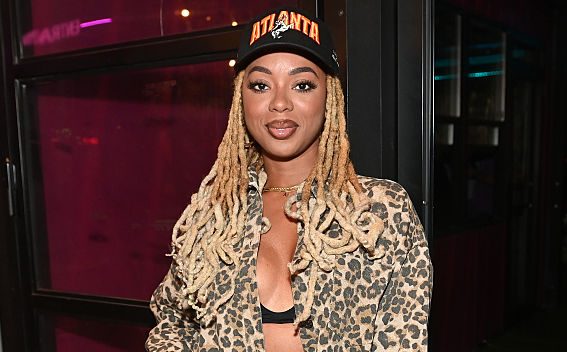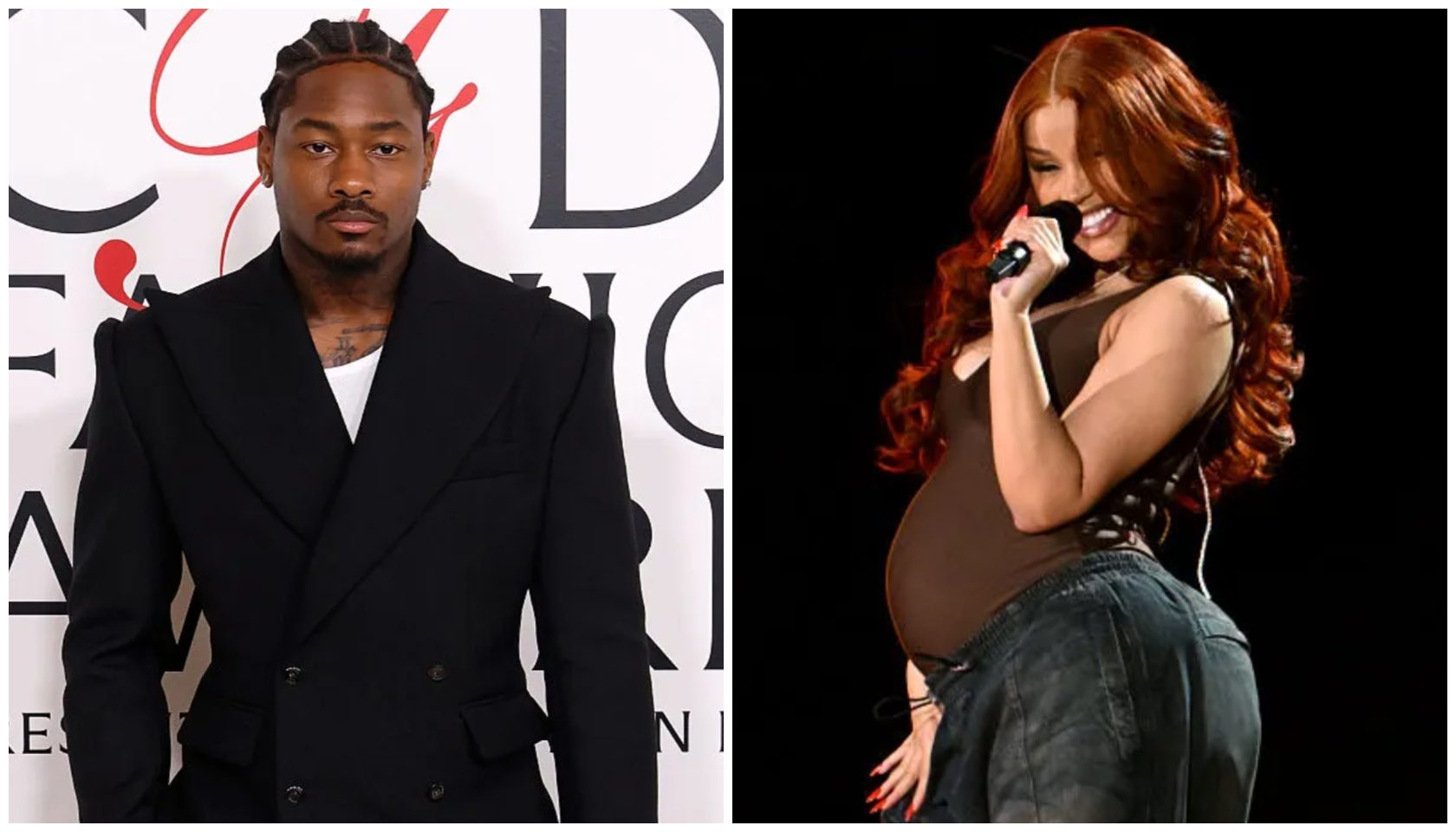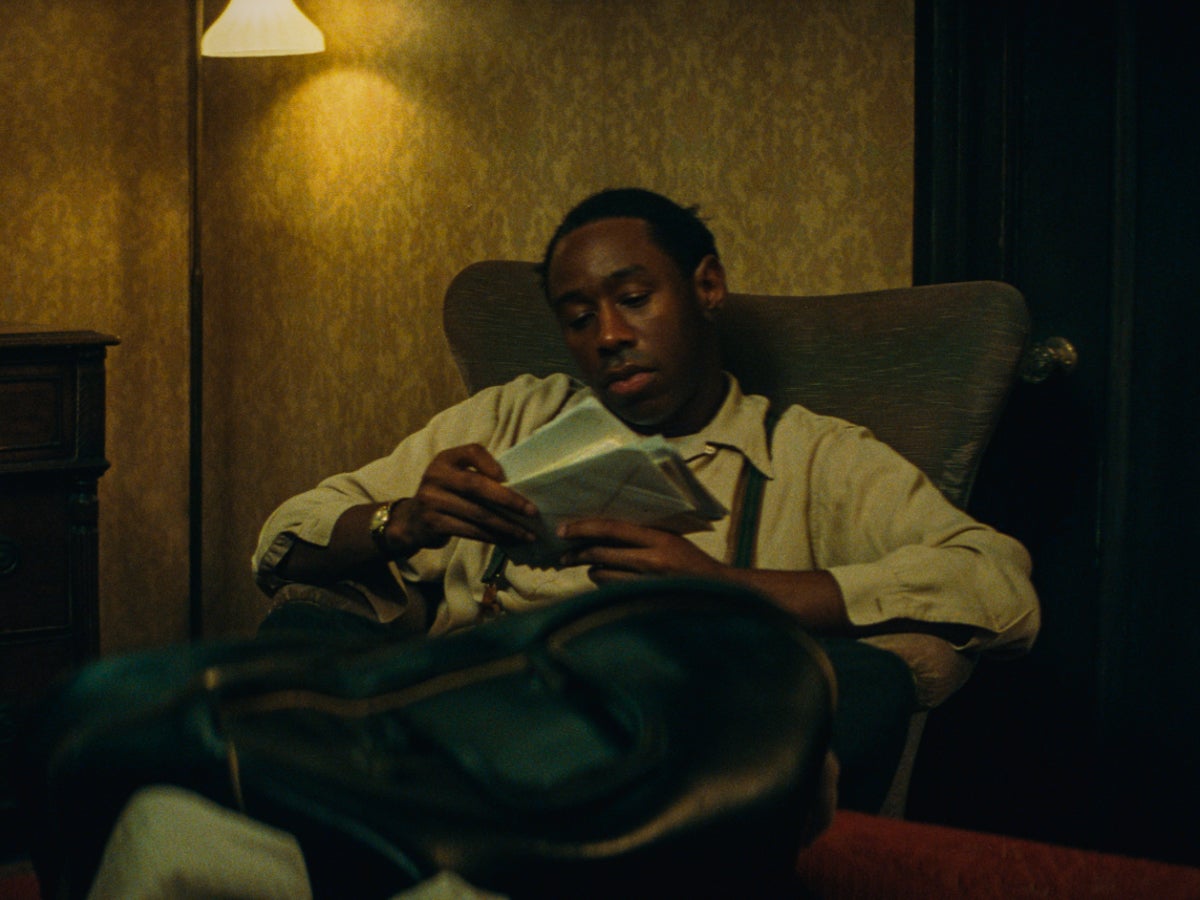Not everyone in America celebrates the 4th of July for the same reasons or in the same manner. Black people certainly don’t. For us, it’s a day (or weekend) to take off, kick back, enjoy fireworks. Because we didn’t enjoy the same freedom as the rest of the country, which, on July 4, 1776, had just become independent from Great Britain. In fact, we weren’t even free.
Only about a century later were all Black Americans emancipated from slavery, the last of whom were some 250,000 enslaved Africans in Texas. And still, we put on our red, white, and blue-coordinated outfits, buy a t-shirt with the American flag on it, and take pictures in them. But we’re just enjoying each other’s company, partaking in a Black joy tradition that could never be reduced to, nor defined by, a Western holiday.
Rappers, however, have a history of deliberately resignifying Americanness by subverting the national colors and its symbols of stars and stripes. As if to remind us, and more crucially, the rest of the country, that we belong here as much as anyone else. Not at its fringes, but in the body of it. Giving even more power to this is how hip-hop was once the strongest expressive force for exposing White America’s oppressive structures. Several artists, including Sista Souljah, N.W.A., Tupac, Biggie Smalls, Killer Mike, and J. Cole, have articulated how poorly our country treats Black Americans. And yet, like Hollywood but bigger, hip-hop has global cultural cachet; it’s been retranslated nearly everywhere, including at stateside.
For example, Juelz Santana wearing an oversized American flag-printed windbreaker with matching trousers, a headband, and a monogrammed jersey, is a pointed embodiment of American fashion. At the Soul Train Awards in 1997, Da Brat arrived outfitted in a similarly referential look, but her look evoked tomboy inclinations. It’s that kind of creativity that’s made the U.S. a place people look to for inspiration.
Anything goes. After all, as once described by writer David Samuels, America is a “narrative construction.” Like, say, Ralph Lauren, the man who envisioned and perfected the style of a U.S. aristocracy. And in doing so, he established himself as the foremost designer to showcase Americana. Or even the invention of the “hip-hop Hamptons,” where pink takes on new meanings in terms of race, gender, and class. Renting homes in such a posh, preppy area allowed rappers like Jay-Z to make it their own. In my opinion, Juelz Santana and Da Brat illustrate the subversive potential of symbols. Separately, these two artists also show another way to present American identity, which, according to social media, young Black citizens couldn’t be less interested in right now, given the state of our governmental politics.
You can’t blame us. In 1990, Ice Cube released his album “AmeriKKKa’s Most Wanted,” and today, some spell America that way to address its racism toward Black folk. Many other rappers—A$AP Rocky in “LONG.LIVE.A$AP,” for example, have utilized their album covers to send political messages about the challenges of the Black American experience, too.
Specifically, they point to how Black men have been stereotyped, made criminal. They even call out cultural elites who, in their view, aren’t committed to improving the Black economic condition. As Killer Mike did in his second studio album, “I Pledge Allegiance to the Grind.”
2 Live Crew, of Miami, revealed an album titled “Banned in the USA” in 1990, too. The cover art features two of its members in T-shirts that read “CENSORSHIP IS UNAMERICAN,” with a white, American flag sleeved hand covering a Black man’s mouth. Back then, it wasn’t uncommon to hear radio broadcasters criticize rappers for how explicit their lyrics are, promoting drug use and so on. Of course, they didn’t want to admit that these artists were also explicit about the country’s wrongdoings, of which Black people are most vulnerable: racial profiling, police brutality, economic inequality, all sorts of injustices. 2 Live Crew’s shirts show that the laws, nor freedoms, nor purported values that govern this country, has applied equally to those who look like them.
By the early 2000s, hip-hop artists began opting for black-and-white American flags. Simply put, this symbolism represented political defiance and a refusal to surrender. But it also symbolizes that the racial divides of this country are predominantly Black and white, and that social progress or regress depends on the closing or widening of that gap. For those who’ve shaped the country’s better parts, living in America comes at a significant cost. For them, the road to the American Dream is a rocky one.
OutKast stood in front of a black-and-white flag for the cover of their most famous body of work, “Stankonia.” In the first full song on the album, “Gasoline,” André confesses that all his heroes “did dope,” speaks to the lack of opportunities for underprivileged youth, and acknowledges the plight of Black fathers. We can examine any of these circumstances and trace their roots to some form of oppression. It’s the reason the American Dream has taken on a different meaning for us. Not to mention, André 3000 has adopted various menswear cultures throughout the country and radically shifted our ideas about them.
What he did here, and what rappers have always done, is combine personal story and artistic expression to paint a cultural picture, in all its beauty and ugliness. And with the world’s ear, they ask the right questions. Indeed, right after André says, “burn American dreams” in the song, he asks, “Don’t everybody like the taste of Apple pie?” Maybe not everybody. The cooked-fruit-averse will be the first to tell you they hate it. But you’d be hard-pressed to find someone who doesn’t at least like the smell of it.
Early on in our lives, U.S. citizens are led to believe that there’s an American Dream waiting for them at the end. But we know that doesn’t apply to everyone. And rappers aren’t afraid to let the country know that.
Thus, there isn’t another group of artists with the experience and bold creativity needed to get Americana messaging across so effectively. And they have. Whether black and white or red, white, and blue, when rappers dress themselves and their work in stars and stripes, they tell many stories about America. The obvious ones are those it tries to avoid. The rest, for better or worse, epitomize what the USA does better than any other: the powerful ability to reimagine.







